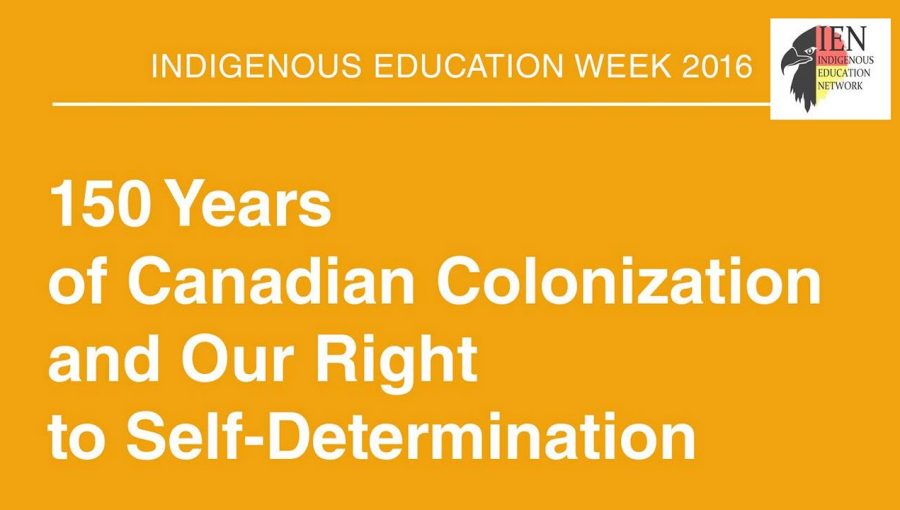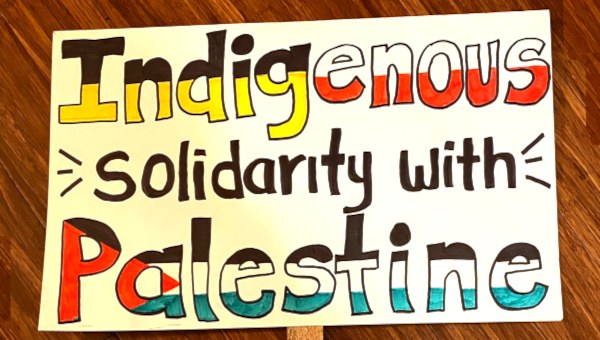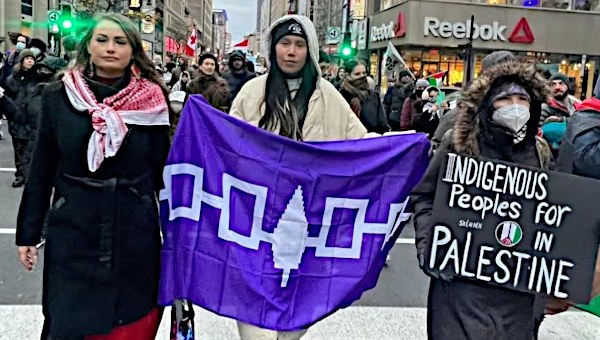Where Are the Children Buried?
The discovery of the bodies of 215 children in an unmarked grave outside the former Tk’emlúps Indian Residential School is another horror to add to the long list of genocidal acts against Indigenous people and their families. The Truth and Reconciliation Commission (TRC) estimated that at least 3,213 children died in the Indian Residential Schools over the 140 years they operated.

One hundred and twenty-five years ago, Dr. Peter Bryce, the chief medical officer for Indian Affairs described a cycle of disease amongst Indigenous children forcibly taken from their families and sent to these crowded, unsanitary places where they infected one another, primarily with tuberculosis, and where thousands of them died. True to the science of his time, he even calculated a death rate for children of 8,000 per 100,000 – compared to children from the rest of Canada at 430 per 100,000. Officials knew that children were dying – Bryce himself told Saturday Night Magazine in 1907 that “Indian boys and girls are dying like flies… Even war seldom shows as large a percentage of fatalities as does the education system we have imposed on our Indian wards.”
They Knew
That didn’t matter to both Liberal and Conservative governments of the time. It clearly didn’t matter to the churches that ran them. Duncan Scott, the civil servant who ran the residential system from 1913 to 1932 wrote to his counterpart in BC around 1910: “It is readily acknowledged that Indian children lose their natural resistance to illness by habituating so closely in the residential schools, and that they die at a much higher rate than in their villages. But this alone does not justify a change in the policy of this Department, which is geared toward a final solution of our Indian Problem.” A colder heart surely doesn’t exist.
The Indian Residential Schools were not schools in any human sense. The term “school” used in connection with them, doesn’t deserve to be associated with an expression of illumination, growth of knowledge and insight, delight in learning, considering possibilities and different perspectives. These were instruments of genocide, as Duncan Scott so coolly noted: “a final solution.”
Yet, we can still learn from these places – they still have the power to outrage as we discovered this past Friday. Let’s learn to demand that governments stop shuffling responsibilities for agreements back and forth between them; let’s learn not to push unwanted pipelines through Indigenous lands; let’s learn to do the work necessary to clean up mercury-tainted water in Ontario’s northern reserves after 50 years of dithering; let’s learn to stick with our agreements to teach our young people about Indigenous history and culture.
Let’s finally learn that there is a fundamental racial and class arrogance that underlies our notions of nation-building, cultural ascendancy and the consequent need to set others aside and “school” them. •
This article first published on the Education Action Toronto website.
Statement on the Missing Indigenous Children at the Kamloops Indian Residential School
York University Faculty Association
On May 27th, the Tk’emlúps te Secwépemc First Nation announced the devastating discovery of a mass grave at the former Kamloops Indian Residential School. We express our deepest condolences and solidarity with Indigenous peoples and particularly with parents who have suffered the loss of children through the genocidal practices of the Catholic Church, the residential schools, and all levels of government.
 YUFA strongly condemns the unspeakable treatment, abuse, and murder of Indigenous children at the residential school in British Columbia and calls for a thorough investigation of these deaths, as well as the undocumented deaths of thousands of Indigenous children who were forcibly taken from their parents and sent to residential schools across Canada. The federal government must commit the resources necessary for these investigations, in accordance with the Truth and Reconciliation Commission’s 94 Calls to Action, and with urgent attention to calls 71 to 76 on “Missing children and burial information.”
YUFA strongly condemns the unspeakable treatment, abuse, and murder of Indigenous children at the residential school in British Columbia and calls for a thorough investigation of these deaths, as well as the undocumented deaths of thousands of Indigenous children who were forcibly taken from their parents and sent to residential schools across Canada. The federal government must commit the resources necessary for these investigations, in accordance with the Truth and Reconciliation Commission’s 94 Calls to Action, and with urgent attention to calls 71 to 76 on “Missing children and burial information.”
We each have a responsibility to learn more about the horrific history and legacy of Canada’s Residential Schools and its enduring impact on survivors and their families.
Please consider donating to residential school survivors.
Join the Call for a National Day of Mourning for the Lost Children of Residential School by signing this petition. •
This article first published on the YUFA.ca website.





